 Plant Nature Study II
Plant Nature Study II
Plant Nature Study II
Plant Nature Study II

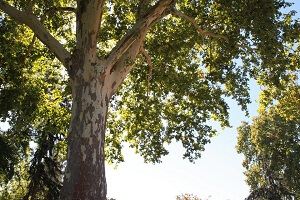

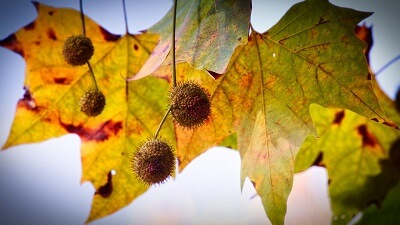
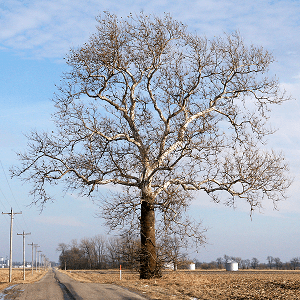
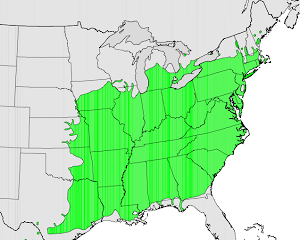
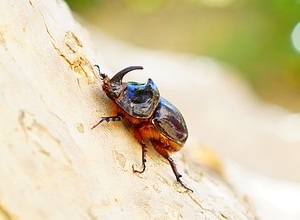
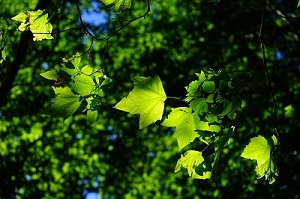
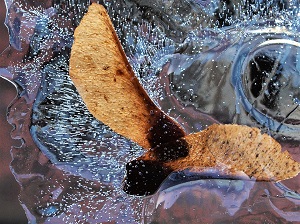
 Plant Nature Study II
Plant Nature Study II
Plant Nature Study II
Plant Nature Study II

Study the lesson for one week.
Over the week:
RHINOCEROUS BEETLE

The image below shows three stages of the rhinoceros beetle:
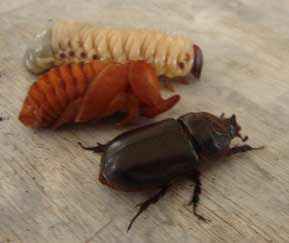
Find the following on the image [2] of the adult rhinoceros beetle below:
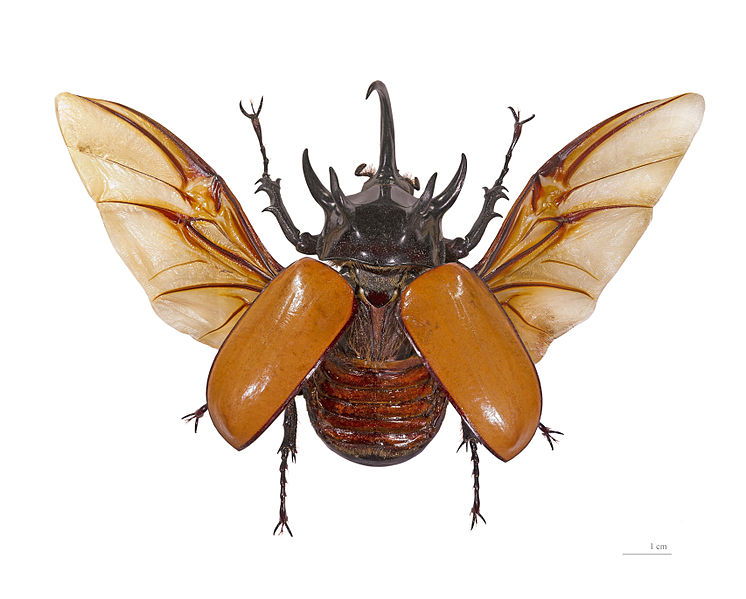
Activity 1: Narrate the Lesson
Activity 2: Study the Lesson Pictures
Activity 3: Take a Nature Walk
Activity 4: Complete a Field Book Entry

After your nature walk, complete page 50 in 'Science Field Book for Fourth Grade.'